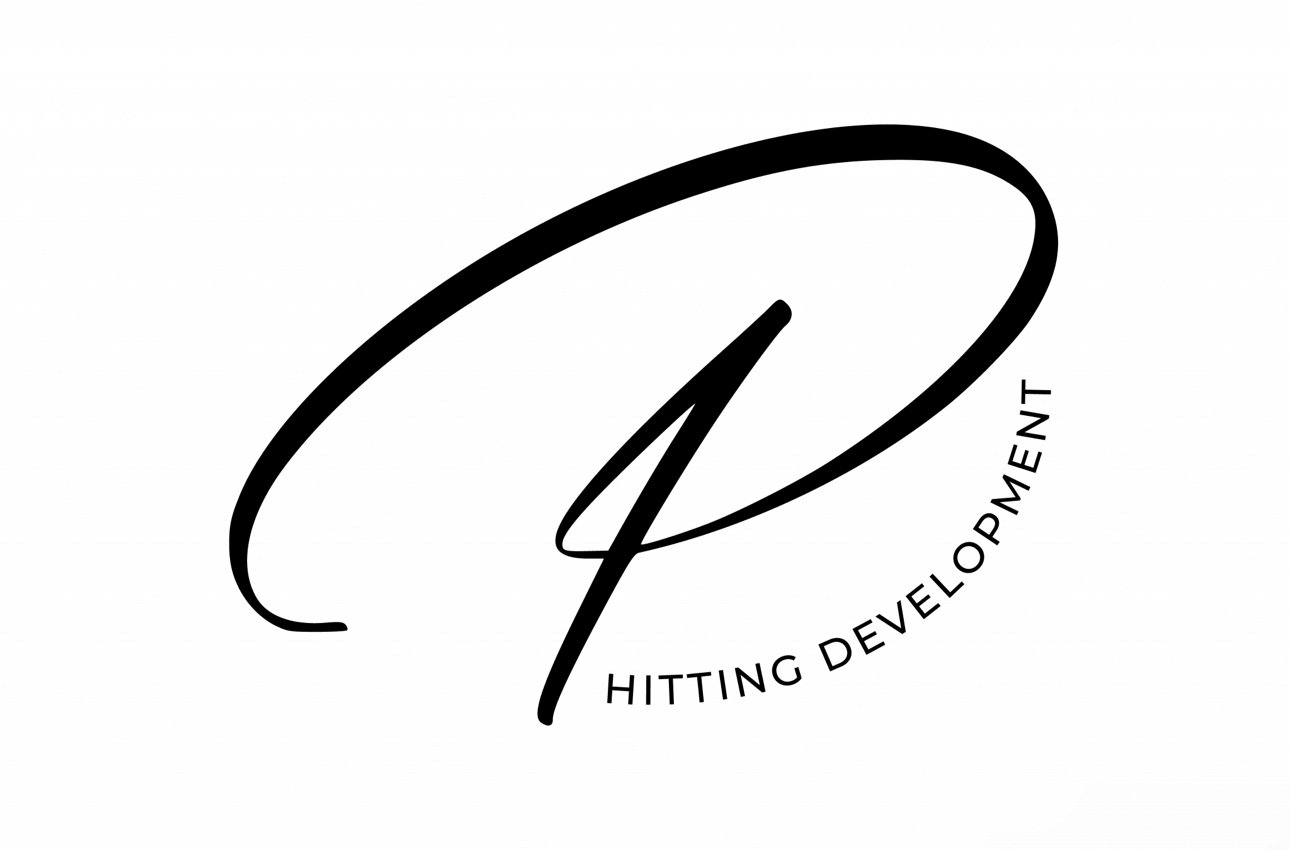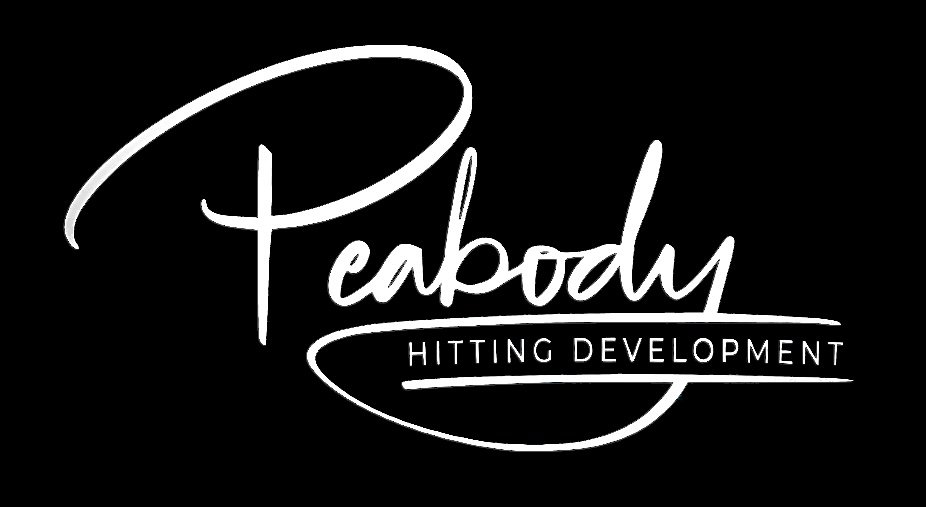Meet John Peabody…
John Peabody is a highly esteemed hitting coach with an impeccable track record. His extensive list of past and present hitters is a testament to his exceptional skills and profound impact on the game.
Mickey Moniak (Angels)
Mikey Romero (Red Sox)
Casey Schmitt (Giants)
Sydney Romero (Univ of Oklahoma)
Jordan Thompson (LSU/Dodgers)
Tyler Wade (Padres)
Kinzie Hansen (Univ of Oklahoma)
Tommy Pham (Mets)
Brett Sullivan (Padres)
Jake Cronenworth (Padres)
Ali Aguilar (Univ of Washington)
Seby Zavala (White Sox)
Michael Toglia (Rockies)
Nick Allen (A’s)
Kyle Stowers (Orioles)
Brandon Dixon (Padres)
Fale Aviu (Univ of Oklahoma)
Matt Ruddick (Mets)
Trent Brooks (Indians)
Jake Gatewood (Angels)
Jayson Gonzalez (White Sox)
Garrett Stubbs (Phillies)
Phil Evans (Yankees)
Megan Faraimo (UCLA)
Mark Contreras (Twins)
Murphy Stehly (Nationals)
Gaige Howard (Dodgers)
Kaitlyn Farley (Ohio State)
Austin Nola (Padres)
Every single hitter is provided with a meticulously crafted plan that takes into account their unique strengths and weaknesses. JP will design a comprehensive hitting program that progresses step by step, guaranteeing that each hitter gets and stays on the right track mechanically. During every session hitters swings are tracked by slow motion cameras and a bat sensor provided by Blast Motion to know what exact speed and angles the bat and body are at during specific moments of the swing.
JP places a great deal of importance on the approach and psychological aspects of hitting, just as much as he does on the mechanics of the swing. It is essential to acquire the knowledge necessary to develop unwavering confidence, even in the face of a few disappointing games. Additionally, one must learn how to strategically think or not think too come though when it’s game time.
John possesses a truly remarkable talent - the ability to effortlessly convey the intricate artistry and cognitive intricacies of the art of batting to baseball and softball players, regardless of their skill level. This unparalleled skill is what truly sets him apart from his peers in the field.

